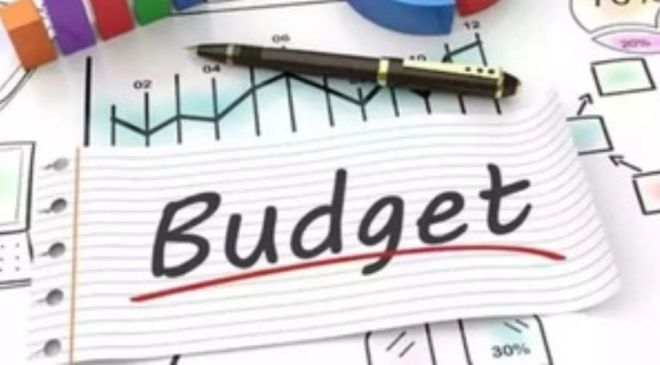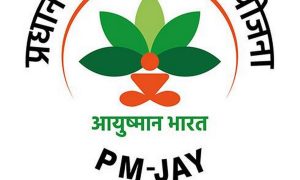Budget 2023: Private sector investment is largely expected to wait out the global uncertainties except for some investments in specific sectors
The Union Budget is one of the most awaited documents presented by the Government of India. While major policies and projects are announced throughout the year, the Budget lays out both, the current health of the economy and the direction in which the government intends to push the economy.
Also Read– No compulsion to redeem AT1 bonds, HC order is on write-off: Yes Bank CEO
The previous two Budgets were in the shadow of the pandemic and the FM had to make fiscal space for supporting the immediate needs of the country. However, with inflation and with post-pandemic recovery boosting tax revenues, it is expected that the central gross fiscal deficit will be contained at the target of 6.4% for this fiscal year. In the previous Budgets, the FM had opted for a longer fiscal consolidation path, with the gross fiscal deficit expected to pare down to 3.5% only by 2025. It is expected that the FM will continue with this path.
Buoyancy in tax revenues is not expected to continue, especially if inflation weakens and there is a dip in domestic demand in next fiscal. But revenue worries cannot be balanced by any significant reduction in government expenditure. Growth may have returned to the Indian economy, but the pandemic years have led to a downward shift in the absolute GDP or income of the economy. Also, with each revision in GDP data for the Covid years, the actual GDP is distanced away from the no-COVID GDP trend, indicating the extent of the damage from the pandemic that may take longer time to be reversed. In the multiple problems and challenges surrounding the country, it is still important to remember that some gains made in poverty reduction have been lost due to the pandemic. Therefore, the stress on growth while managing inflation will continue to bear upon policymakers.
Also Read– Spotify planning layoffs as soon as this week to cut costs
As has been the discussion in prior years, what will be important is not the fiscal deficit per se, but the quality of government spending. A key element to successfully pushing income generation in the economy will be the speed and timing of government investment spending. The government, in anticipation of a global slowdown that may lead to export deceleration, can incentivise private sector by pushing ahead the implementation timeline of some large infrastructure projects. While progress in several infrastructure projects has been good so far, highway networks are yet to gain momentum and progress in power and energy has been modest. The emphasis should be towards improving financial inclusion and technology connectivity beyond Tier-1 cities.
Private sector investment is largely expected to wait out the global uncertainties except for some investments in specific sectors. As per Deloitte forecasts, the expected GDP growth rate for FY 2022-23 is between 6.5% and 6.9%. NSO expects, per its latest advance estimates, that the GDP growth rate will be slightly more at 7%. However, inflation is expected to remain on or above the RBI’s comfort levels this year and even the next, before easing in the second half of 2024. The downside risks for the currency and the current account balance have also increased.
The government has limited sources for revenues. In the current environment, raising tax rates or introducing new taxes may act as a deterrent to private consumption. Apart from taxes, the other major source that has been generally debated is monetization of assets and disinvestment. The government is likely to miss the target for asset monetization for the ongoing fiscal. In order to enhance revenues from this stream, GoI may need to consider policies that can bring in private players, especially into select sectors.
Also Read– Want to invest in municipal bonds? Here’s how to access SEBI database via QR code
The most telling impact of the downward GDP shift has been on employment generation. While the PLI scheme promotes “Make in India”, the employment multiplier still lies with services and SMEs. A key expectation from the FM this time will be to use the Budget to re-focus on some structural reforms crucial to incentivise investments in the services sector. The services sector has huge potential—be it in retail, trade, tourism or IT. Also, India is competitive in the services sector and has a comparative advantage. An effort towards assessing the contribution of Global In-house Centers (GIC) and optimizing the regulatory ecosystem for such GICs could revive the services sector and create opportunities for our workforce. It may be noted that despite India’s talent advantage, many global players are diversifying investments in services, to other low-cost economies.
Reforms need to be prioritized as the center piece of strategy, for supporting the SME segment also, especially to reduce complexity and costs stemming from the plethora of regulatory compliances.
Also Read– Maximize your savings: THESE banks are offering up to 9 percent interest on FDs, check details
In summary, it is expected that the FM will use the opportunity of the upcoming Budget to build on the reform agenda to ignite the engine of micro entrepreneurship and job growth.





































